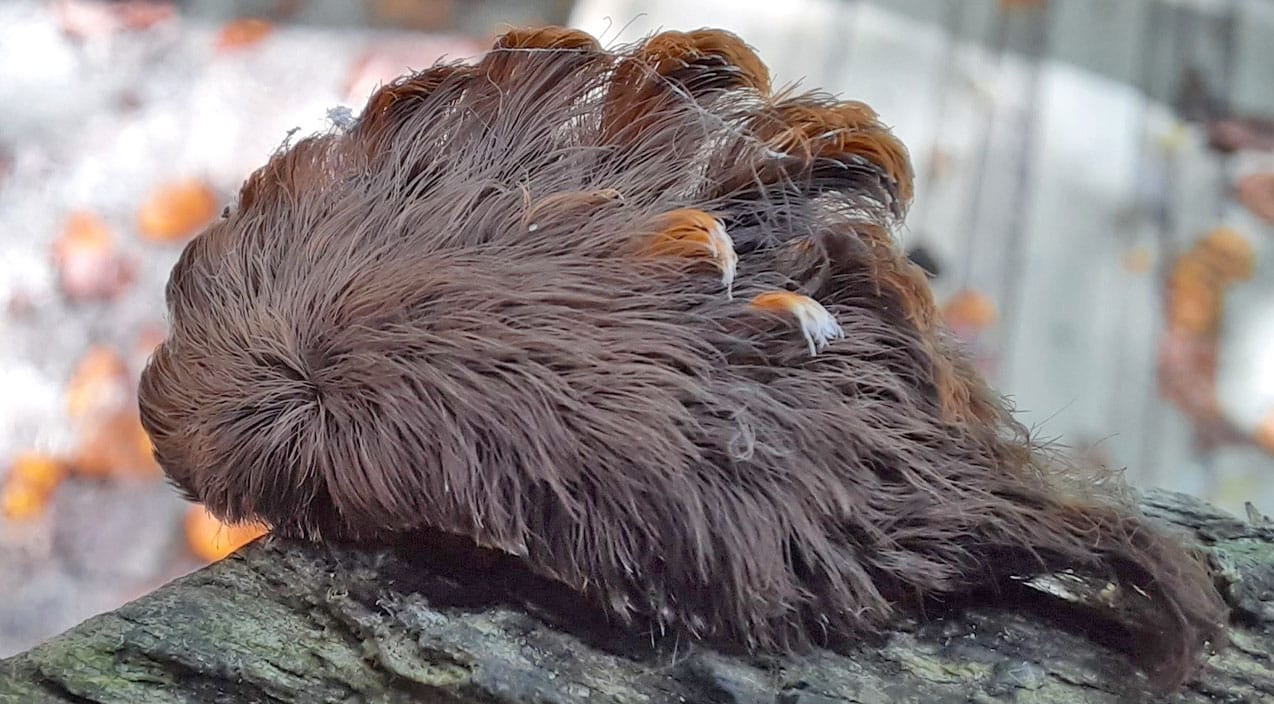Poisonous, Vomit-Inducing Caterpillar Taking Over Virginia
on Oct 09, 2020 • Updated Jan 15, 2025

Virginia’s Department of Forestry has received reports of poisonous caterpillars throughout the state. Nicknamed puss caterpillars, these bugs are about an inch and a half long and look like a miniature toupee. Cases of the fuzzy creature were previously rare in Virginia, but recently there have been more and more sightings.
In this week’s #DeepDiveBlog we highlight the puss caterpillar, one of the most venomous caterpillars in the United States. Learn more here: https://t.co/Dbyo8XX2Hc. #fwff 📷: @UF pic.twitter.com/mjODNrYsu7
— Fish & Wildlife FL (@wildlife_fl) October 8, 2020
The caterpillar’s fuzzy hair hides spines filled with poison that can sting a human if touched. It’s the most poisonous caterpillar found in the U.S., and its sting can cause nausea, vomiting, swelling and itching, and feelings of anxiety.
Earlier in September, a Virginia woman by the name of Crystal Spindel Gaston was reaching into the rear door of her car when she felt an excruciating pain in her right leg.
“It felt exactly like a scorching-hot knife passing through the outside of my calf,” she said during an interview with The Daily Progress.“Before I looked down to see where it came from, I thought 100% I was going to see a big piece of metal, super sharp, sticking out from my car…It was no shape of any animal I had ever seen. It was a cross between like a mouse and a slug.”
As it turns out, Gaston was stung by a puss caterpillar and it landed her in the emergency room. After three days of recovery, she began to feel normal again.
The Virginia Department of Forestry warned locals to socially distance themselves from the little bug. If you find the caterpillar, leave it alone and let its natural enemies control their populations— there are a number of other insects that will prey on them at different stages of their life cycle.
https://www.facebook.com/ForestryVA/photos/a.158700520841462/4049978091713666/?type=3
The puss caterpillar is found from New Jersey to Florida and west to Arkansas, Texas, and even as far down as Costa Rica. It is common in Florida but reaches its greatest abundance in Texas from Dallas southward in the western central part of the state.
For more information on this crazy bug check out the video below.












